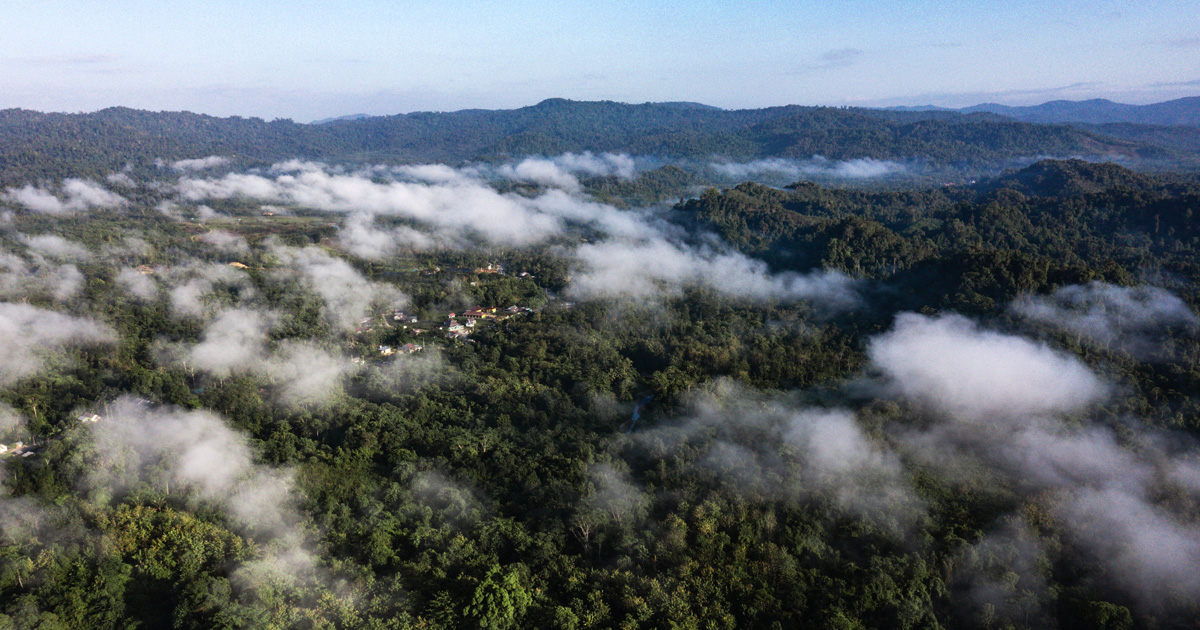Restoration depends on purpose and context. At the core it entails innovation to halt ongoing and reverse past degradation. It aims for increased functionality, not necessarily recovering past system states. Location-specific interventions in social-ecological systems reducing proximate pressures, need to synergize with transforming generic drivers of unsustainable land use. After reviewing pantropical international research on forests, trees, and agroforestry, we developed an options-by-context typology. Four intensities of land restoration interact: R.I. Ecological intensification within a land use system, R.II. Recovery/regeneration, within a local social-ecological system, R.III. Reparation/recuperation, requiring a national policy context, R.IV. Remediation, requiring international support and investment. Relevant interventions start from core values of human identity while addressing five potential bottlenecks: Rights, Know-how, Markets (inputs, outputs, credit), Local Ecosystem Services (including water, agrobiodiversity, micro/mesoclimate) and Teleconnections (global climate change, biodiversity). Six stages of forest transition (from closed old-growth forest to open-field agriculture and re-treed (peri)urban landscapes) can contextualize interventions, with six special places: water towers, riparian zone and wetlands, peat landscapes, small islands and mangroves, transport infrastructure, and mining scars. The typology can help to link knowledge with action in people-centric restoration in which external stakeholders coinvest, reflecting shared responsibility for historical degradation and benefits from environmental stewardship.
Download:
DOI:
https://doi.org/10.3390/land9080251
Altmetric score:
Dimensions Citation Count:

Publication year
2020
Authors
van Noordwijk, M.; Gitz, V.; Minang, P.A.; Dewi, S.; Leimona, B.; Duguma, L.; Pingaut, N.; Meybeck, A.
Language
English
Keywords
ecosystem services, landscape, bioenergy, evergreen, agroecology, land management, grasslands, phosphorous, soil ph























